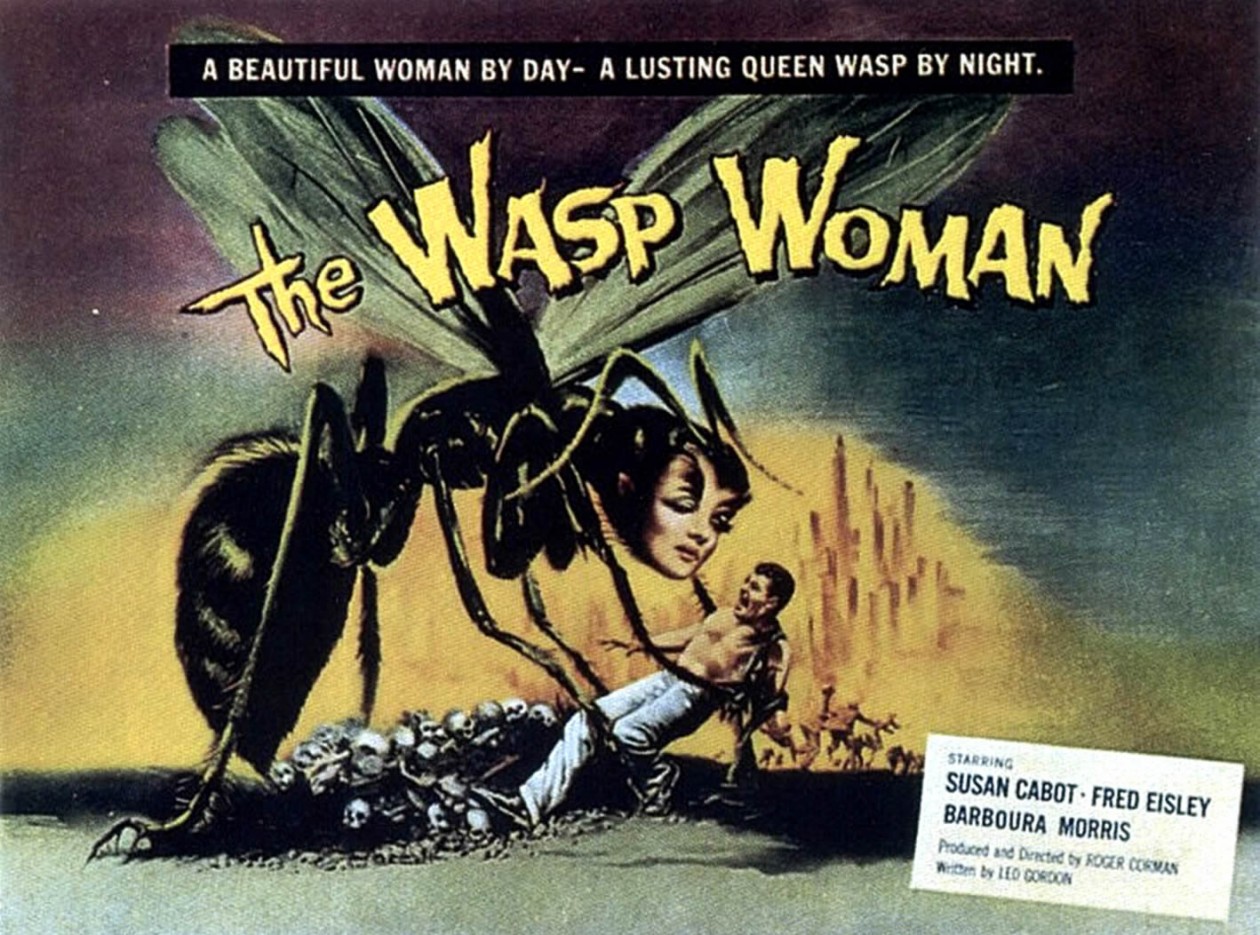I had some final thoughts about The Blonde Venus that we didn’t mention in class. I’ve never taken a film class, and honestly don’t know much about the technical/historical aspects of the film industry (well, at least now I know about the Hayes Code, which is something) so my notes and interpretations of the film were based in the thematic and narrative elements that touch on my background in WGS classes.
I think something incredibly interesting about the film that we didn’t talk about is the historical significance of the title and Helen’s stage name, “Blonde Venus.” In the early 1800s, a South African woman named Sara Baartman was put on display in Europe in freakshows as an oddity — and was nicknamed the “Hottentot Venus” (I’ve linked a quick overview of Sara’s life for those of you who have never heard about her here). This was an offensive stage name and a racial slur aimed the Khoikhoi people of South Africa.
Sara’s naked body was ogled and gawked at by the white Europeans who were both intrigued and disgusted at her different body shape. She was viewed as grossly sexual at a time where sexuality was becoming linked with ideas of morality by Victorian Europeans. We saw the remnants of this pairing during Helen’s “Hot Voodoo” routine in the film, where sexuality was characterized with something taboo and sinful, and was associated with notions of primitiveness, animalistic instincts, and of course, Africa.
I think it is important that the name of the film is “Blonde Venus” because of the ways it relates to the history and ideas about the “Hottentot Venus.” During the movie, Helen’s emergence as a sexual being, starting that first night with her Hot Voodoo routine (where she even wears a blonde afro wig), is juxtaposed and put at odds with her identity as a wife and mother. As a performer, Helen’s body is being consumed just like Sara’s once was, and her performances still have an air of immorality and sinfulness. At that time (and arguably, still today) the idea of a woman who is at once both sexual and a good mother was incompatible, as seen when she is condemned as a bad mother and judged not fit to have custody of Johnny. I personally think that the moments we saw shared between Helen and Johnny showed she was a good mother, who did whatever was necessary to help protect him and sheltered him from the reality of their situation.
Our reading didn’t touch upon this aspect of the film, but it’s hard for me to think that the naming of the film was totally unrelated to Sara Baartman. Even if it was, I think the connection sets the stage for an interesting reading of the film.
